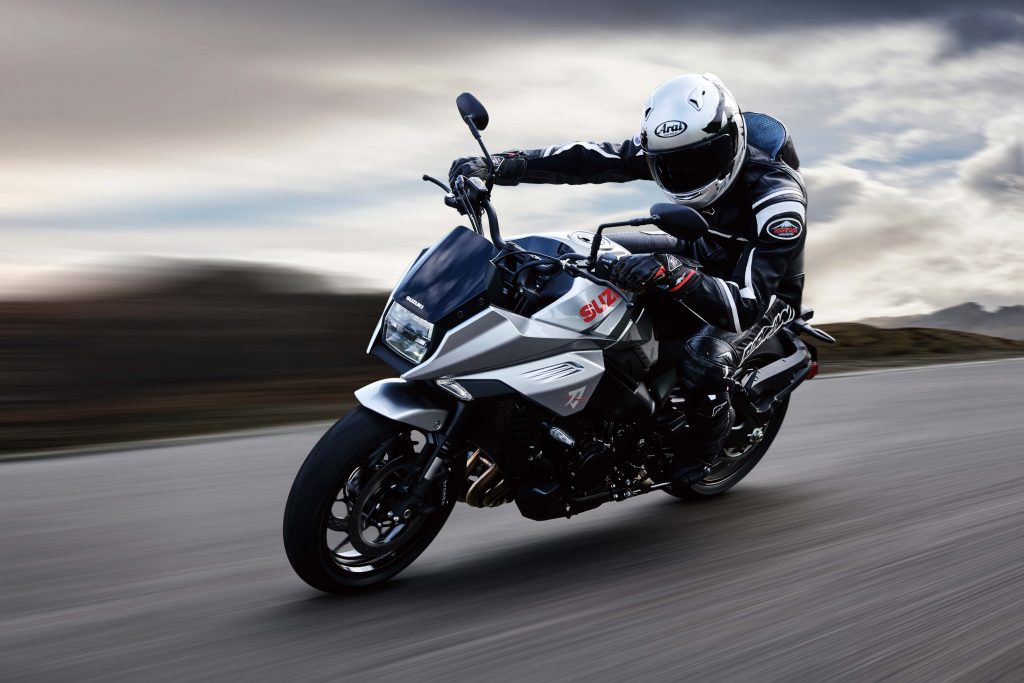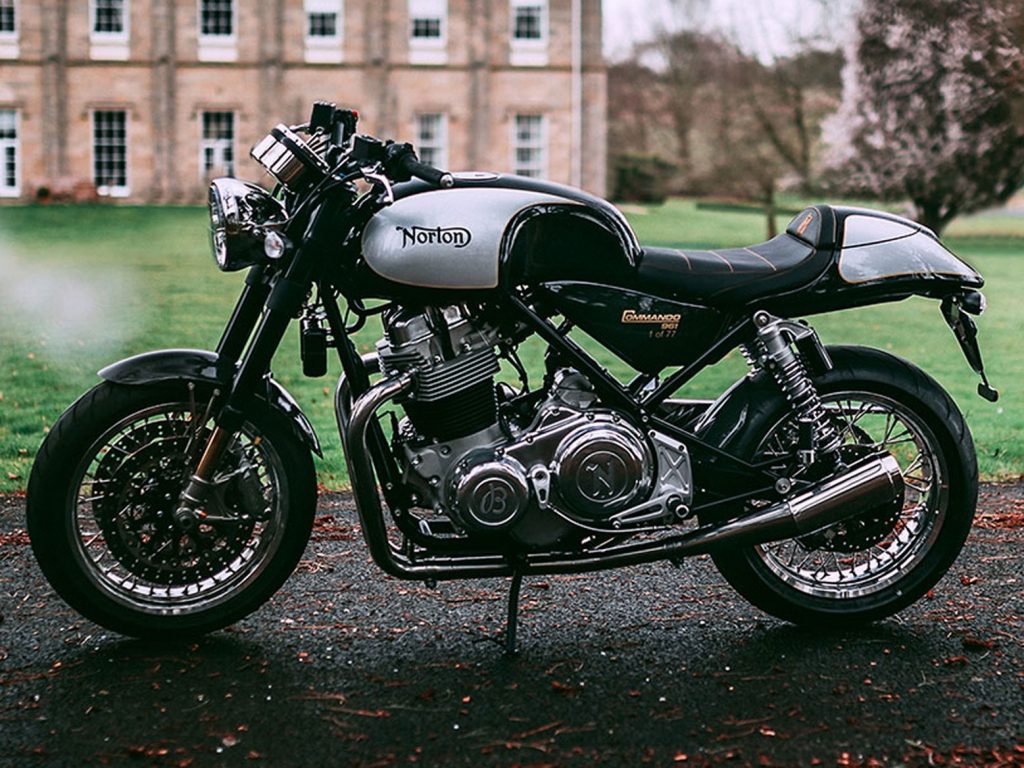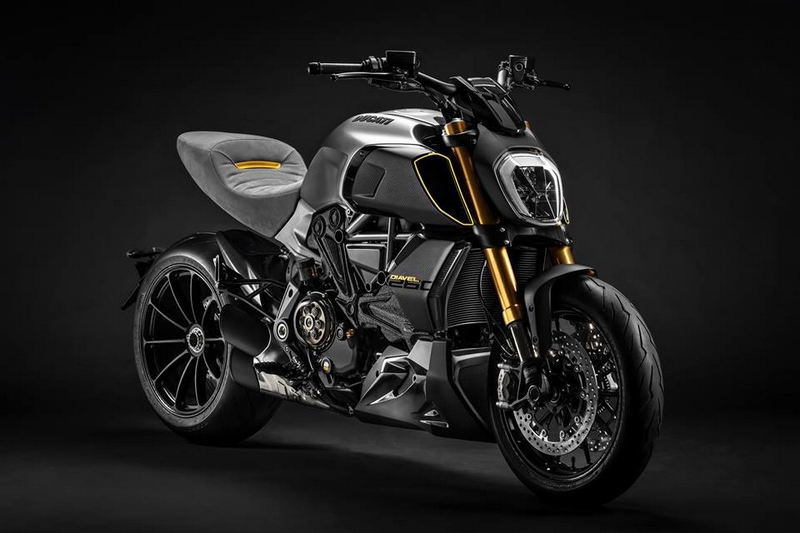-
Suzuki Malaysia posted in their Facebook that the new 2019 Suzuki Katana has arrived!
-
However, there is no official pricing or further details.
-
A search in Mudah.my found posts from last month asking for RM 85,000.
Suzuki Malaysia posted in their Facebook page that the new 2019 Suzuki Katana has arrived on our shores!
Unfortunately, they did not include the price, nor did they announce of any media unveiling of the price. We contacted Suzuki Malaysia but they company if off for the weekend. We hope to receive a reply on Monda.
However, we did a quick search in Mudah.my and found a couple of postings from early April and late March 2019. Both listed the price as from RM 85,000. On the other hand, Suzuki UK listed its price at £11,399 (RM 61,741.80).
We are not certain if that is going to be the exact price, as it means the Katana will cost more than the GSX-1000S that it is based on.
Not having any details to go on is definitely annoying. There have been many complaints about Suzuki Malaysia not engaging the media to spread news about the products in the last two years. Not that we are expecting advertising (although we definitely welcome it!) or test rides, but there has not been one single press release, even.
Consequently, most enthusiasts in Malaysia could only count on IF the media ever produces any news about Suzuki’s motorcycles. We only keep pushing news to our readers because of our love for all bikes, otherwise everyone will be in the dark.
So, if you’re reading this Suzuki Malaysia, please send some details to us in the media.

































